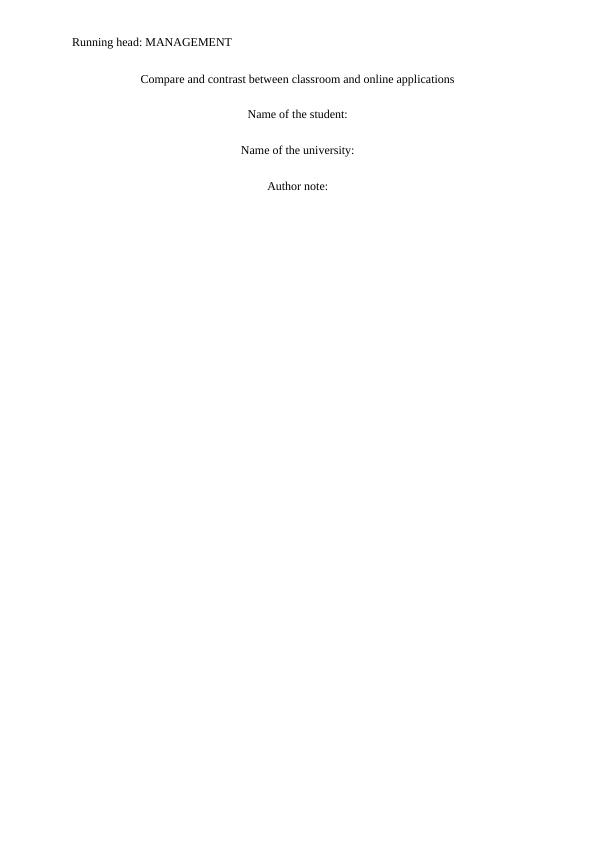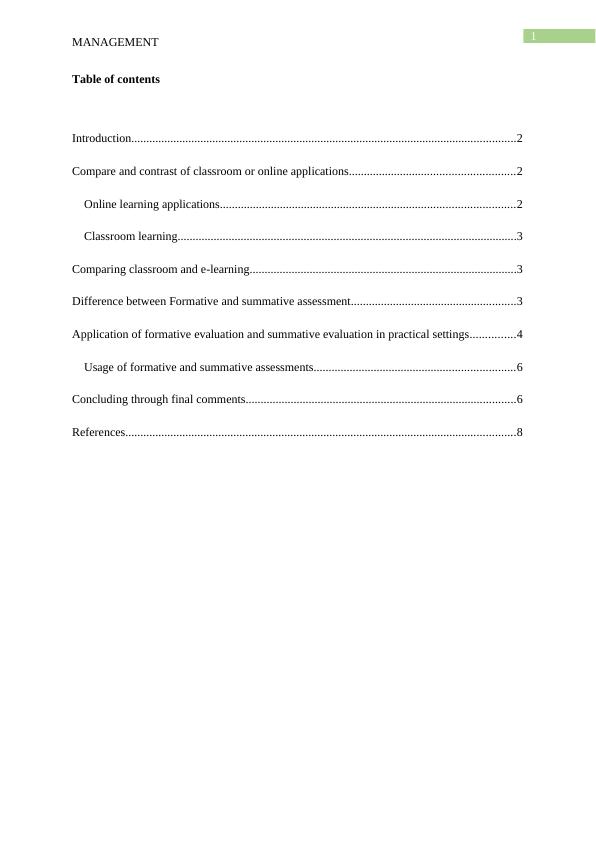Compare and Contrast Between Classroom and Online Applications
Added on 2023-04-23
10 Pages2336 Words362 Views
End of preview
Want to access all the pages? Upload your documents or become a member.
Formative Assessment: Scholarly Opinions and Approaches towards Classroom Assessment
|12
|4547
|247
LESSON PLAN TEMPLATE 5 SECONDARY.
|4
|1834
|2
Lesson Plan Template for Secondary School - Desklib
|5
|2356
|174
Designing component for e-learning
|9
|2282
|29
Literacy Curriculum and Assessment Visual Narrative
|9
|656
|209
Reflective Practice & Continuing Professional Development
|5
|771
|26



